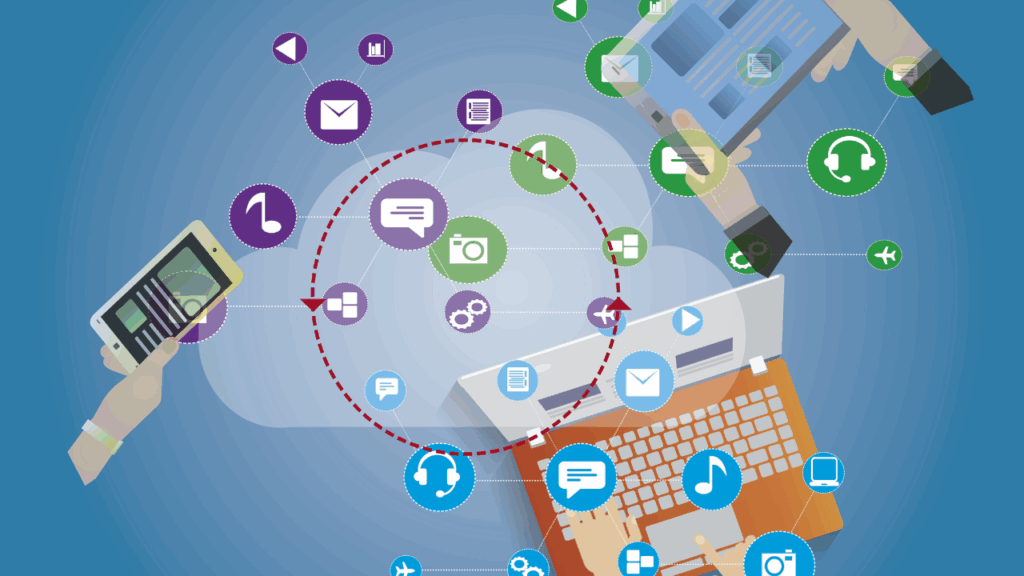The Internet of Things (IoT) is revolutionizing how we live and work. From smart homes to connected cars, IoT devices are enhancing convenience and efficiency. But with this connectivity comes a serious concern: security.
As more devices go online, they become potential entry points for cyberattacks. If you use smart gadgets, whether at home or in your business, it’s crucial to understand the top IoT security risks you must address right now.
1. Weak Passwords and Default Credentials

Many IoT attacks happen simply because users don’t change factory-default credentials. Hackers often scan for devices still using “admin/admin” or similar weak credentials, gaining access in seconds.
How to prevent it:
- Change default usernames and passwords immediately
- Use password managers to generate and store strong credentials
- Enable multi-factor authentication (MFA) where available
External Tip: Read more to learn on how to smart devices.
2. Unencrypted Data Transmission

A significant number of IoT devices transmit data in plain text, leaving it vulnerable to interception. This could expose personal data, health info, or corporate systems.
What you can do:
- Only use devices that support end-to-end encryption
- Monitor data flows using secure routers and firewalls
- Never manage devices over public Wi-Fi without VPN protection
3. Infrequent or Missing Firmware Updates

Cybercriminals often exploit known vulnerabilities. If your device doesn’t receive regular updates, it remains exposed.
Protective measures:
- Choose devices from reputable manufacturers that offer frequent updates
- Enable auto-updates
- Conduct periodic manual checks for firmware releases
4. Poor Network Segmentation

When your smart fridge shares a network with your work laptop or POS system, a breach in one device can endanger everything.
Security tip:
- Set up a separate VLAN or guest network for IoT devices
- Use firewall rules to limit communication between devices
- Regularly audit your network for unknown or unauthorized devices
5. Physical Tampering

Some IoT systems, like smart meters or industrial sensors, are installed in open or vulnerable locations. These can be physically accessed and manipulated.
How to minimize risk:
- Secure devices in tamper-resistant enclosures
- Implement device-level access control
- Monitor unusual physical behaviors through integrated alert systems
How VLO Labs Can Help
When it comes to securing your IoT infrastructure, VLO Labs offers a powerful edge.
VLO Labs specializes in building intelligent, secure IoT ecosystems. Their team helps businesses deploy scalable solutions while addressing real-world security concerns. Whether you’re in logistics, energy, smart buildings, or consumer electronics, VLO Labs can:
- Build custom IoT applications with security baked in
- Implement device-to-cloud encryption
- Conduct penetration testing and risk assessments
- Ensure compliance with industry standards (HIPAA, GDPR, etc.)
Their security-first approach ensures your connected devices and data stay protected — from edge to cloud.
Final Thoughts
As IoT devices become more embedded in our daily lives and business operations, overlooking security is no longer an option. The good news? With the right strategies and support from partners like VLO Labs you can harness the full power of IoT without compromising safety.






